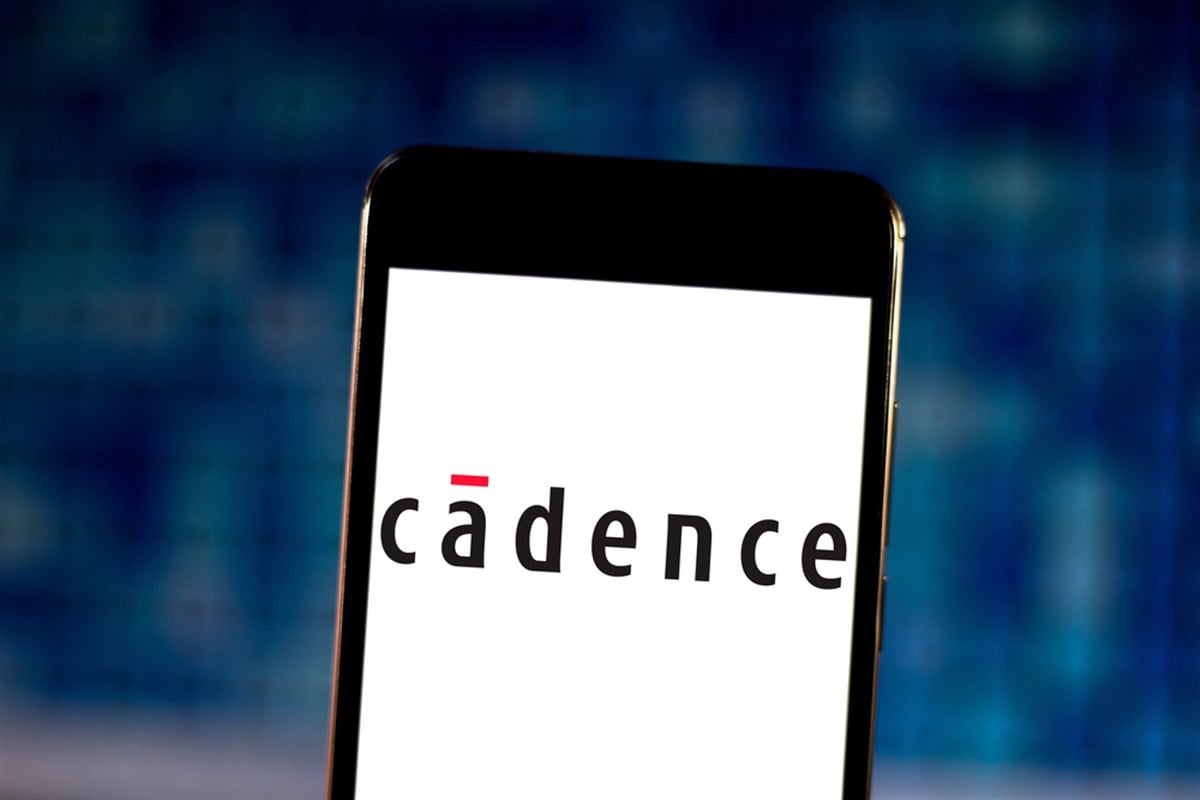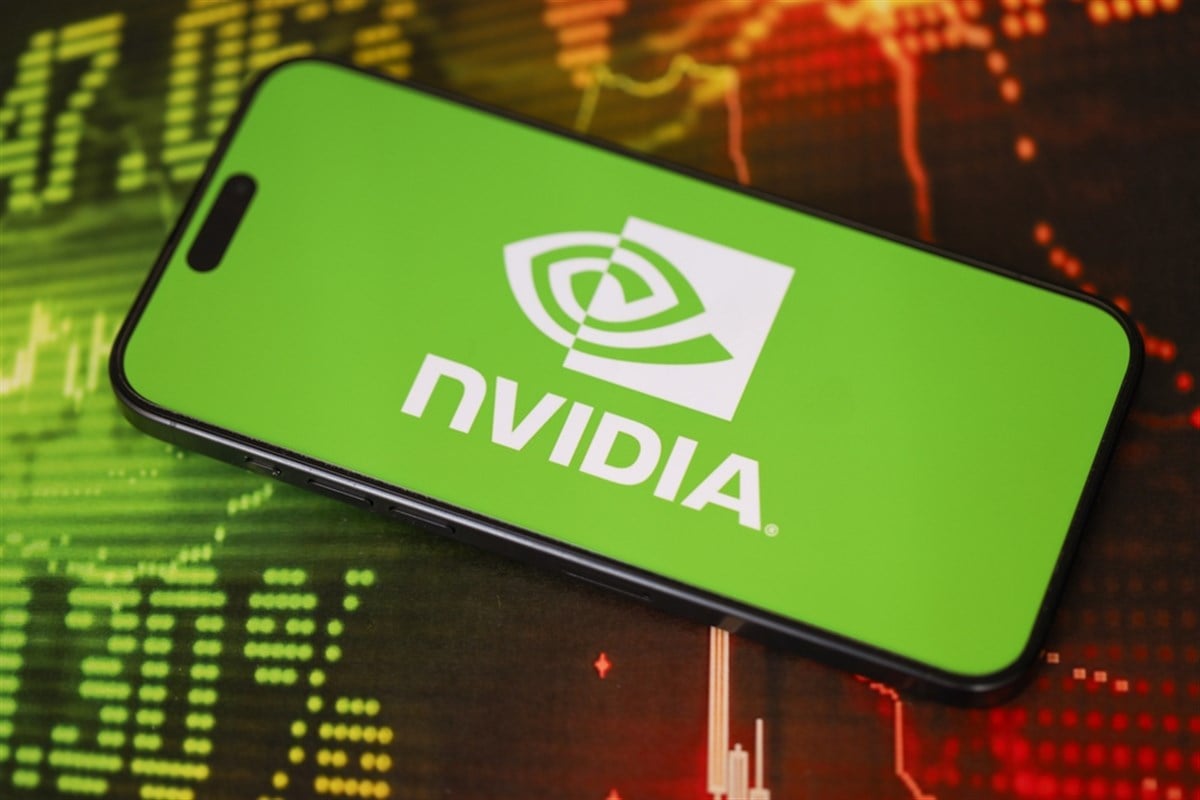After Q3 Beat, Chip Giant Cadence Eyes AI's Horizon 2: Robots

Cadence Design Systems (NASDAQ: CDNS) is a dominant player in a vital part of the semiconductor industry. It provides electronic design automation (EDA) software, which is critical for designing semiconductors. Without access to cutting-edge EDA software, developing cutting-edge artificial intelligence (AI) semiconductors is essentially impossible.
Together, analysts believe Cadence and Synopsys (NASDAQ: SNPS) hold more than two-thirds of the EDA software market. The two also provide semiconductor intellectual property (IP), which acts as basic building blocks for semiconductor design.
Their extremely important positions make Cadence and Synopsys two stocks that investors should be aware of.
On Oct. 27, Cadence reported its Q3 2025 financial results. Below, we’ll break down the firm's latest earnings and provide key takeaways for investors. Ultimately, how should investors view the long-term potential of this stock to deliver strong returns?
Cadence Posts Expectation-Beating Results and Guidance
In Q3, Cadence generated approximately $1.34 billion in revenue, growing by 10.2%. This surpassed estimates of $1.32 billion by $200 million, exceeding growth expectations of 8.6%. The company’s diluted adjusted earnings per share (EPS) came in at $1.93, or growth of 17.7%. This beat expectations of $1.79, or just 9.1% growth. Cadence’s backlog increased by $600 million to a record $7 billion, and its adjusted operating margin moved up 280 basis points to 47.6%. All three of Cadence’s segments grew.
The company also raised its full-year 2025 guidance, now predicting 14% revenue growth and 18% EPS growth. This is an upgrade from previous projections of 13% revenue growth and 16% EPS growth. Analysts were expecting just over 13% revenue growth and 16% EPS growth.
Despite strong results and guidance, Cadence's shares remained relatively flat following the announcement, suggesting the market may have already priced in high expectations. The company delivered solid performance and remains up sharply in 2025, but the muted immediate reaction indicates investors are looking for additional upside drivers.
China Is “Back to Normal”: A Good Sign for CDNS
One of the key issues surrounding EDA firms in 2025 has been export restrictions on selling the software to China. The U.S. government enacted these restrictions in May but rescinded them by early July. These rapid policy shifts led to worries that Chinese customers might reduce their EDA spending for an extended period, as restrictions could reappear quickly. It seems this worry did not come to reality. China sales were up around 53% from the prior year and rebounded strongly to 18% of total revenue, up from 9% last quarter. Cadence said, "China design activity remains very strong," and the behavior in the country is “back to normal.” With China being one of Cadence’s largest markets, it is a very good sign that geopolitical tensions don’t seem to be having a lasting effect on their business. The recent announcements that the U.S. and China are growing closer to a trade deal is another good sign for Cadence’s business.
“Horizon 2” of AI: Cadence Sees Big Long-Term Opportunity in Robots, Cars, and Drones
Cadence outlined a key long-term opportunity that can drive growth, known as “Horizon 2” of AI. Horizon 1 is the stage in which most investments are currently focused: building out AI infrastructure and large language models (LLMs). Horizon 2 is physical AI: training machines, like robots, cars, and drones, to act intelligently. Cadence says that physical AI will require a different type of training compared to LLMs.
Instead of training on text, which is readily available on the internet, these researchers must train these machines using physical movement data. The problem is that physical movement data is scarce. Putting sensors on a human to track their movements could be a way to gather it, but would be time-consuming. Cadence believes the simulation tools it is acquiring from Hexagon will provide a much better way to capture this data. This data could then train robots. Cadence says the Hexagon acquisition will leave it “really well positioned” in physical AI, which “can be a very, very big market in the future."
Overall, Cadence’s business is performing well, and its dominant position can allow it to take advantage of future technological advancements like physical AI. It continues to look like one of the strongest long-term semiconductor plays. Notably, shares are up around 28% since MarketBeat last expressed optimism about Cadence’s future.
Learn more about CDNS


